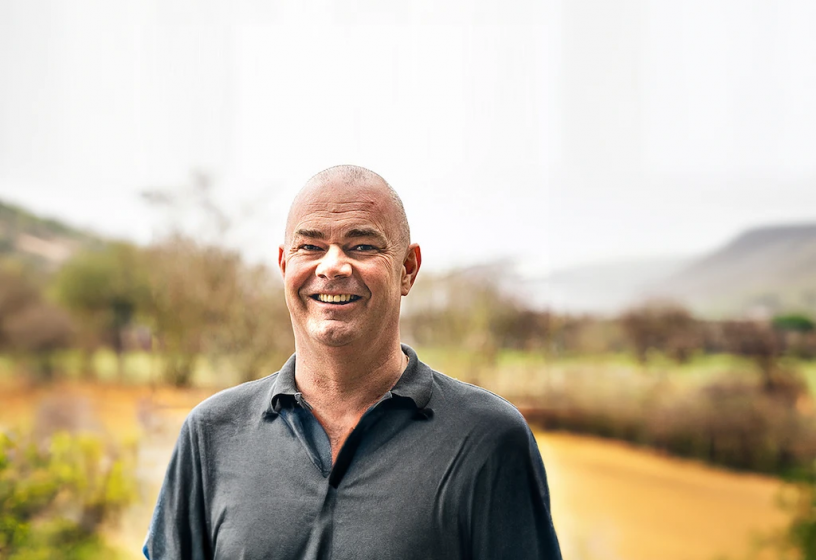A desire to star bath?
Meet with Samyukta Manikuma

Star bathing is an experience inspired by Japanese practice of shinrin-yoku, or forest-bathing that consists in taking atmosphere nature through all senses.
Considering the significant impacts of light pollution on human health, biodiversity and energy consumption, and in face of the simplicity of the solutions, one may wonder why human societies haven't addressed the issue yet. Part of the answer can be found in both biology and cultural misbeliefs about darkness - two obstacles that Samyukta Manikumar seeks to overcome in her dark night conservation consultancy work and ecotourism projects. Based in Slovenia, she raises awareness and creates astonishment towards the night sky in people's minds.
The Sustainability Mag contacted the dark sky advocate to shed light on the question.
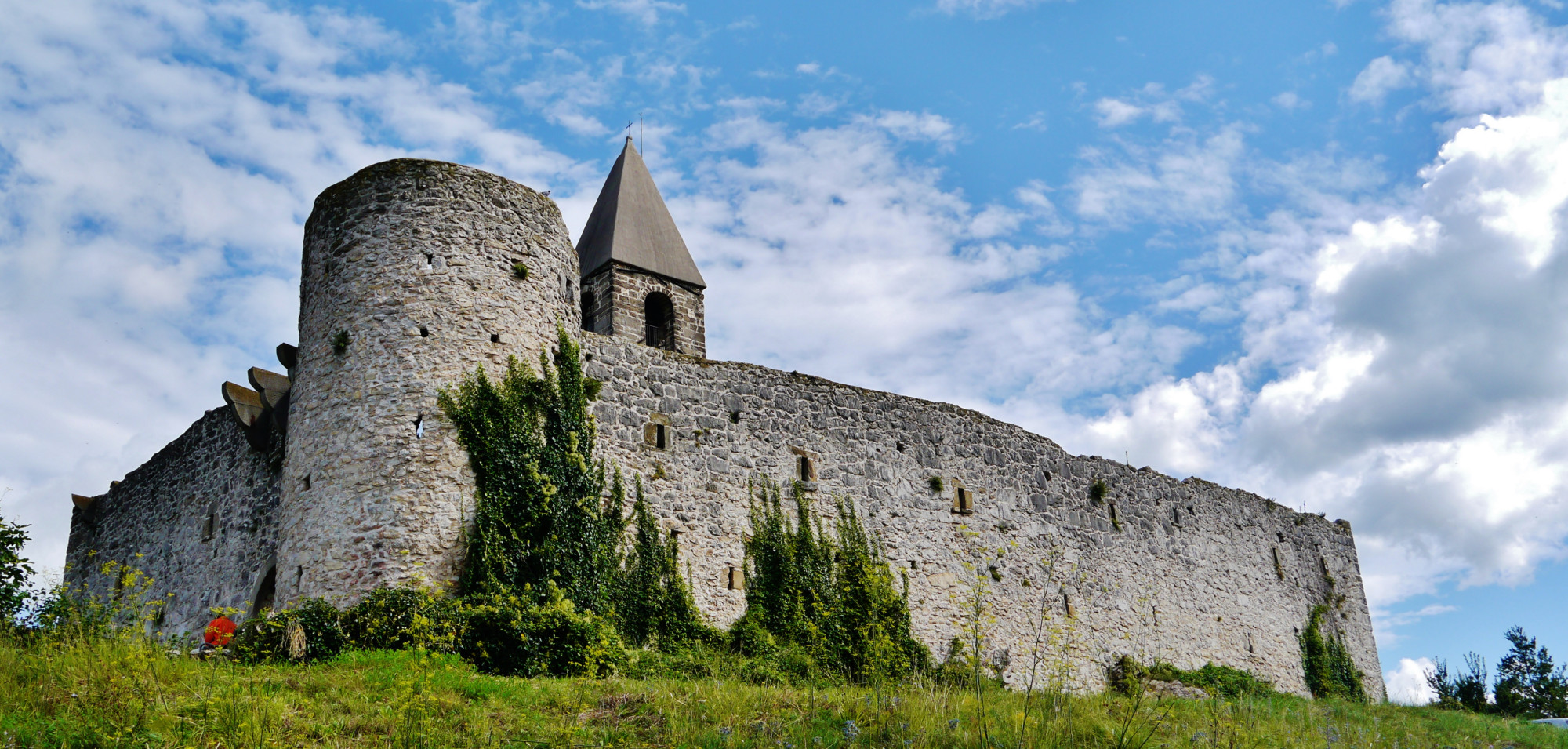
Slovenia. Medieval Romanesque church reflecting the cycle of the stars and light.
An age-old fear of the dark
Samyukta’s first observation is that most people fear darkness. Explanations can be found in two factors – a biological predisposition towards light that is being dramatically reinforced by cultural misrepresentations.
As she likes to recall, human beings rely mainly on their sight to survive since other senses like hearing and smell do not enable us to gather as much information from the environment as they do for other species. Natural selection could therefore explain our fear of darkness : the human species has avoided dark surroundings as they could mean danger from predators.
However, this is insufficient to explain our reluctance to shut down lights in urban environment. According to Samyukta, this habit has more to do with cultural representations that link darkness to evil and light to good, than with biology. Let’s think about symbols of the night: in most movies and medium, the evil character is depicted in black, and catastrophes are called “dark time” whereas progress and improvements from a dramatic situation are characterised as “the light at the end of the tunnel”. Our language also draws a strong connection between light and development - “Enlightment” describes a period of substantial social progress. These representations are nonetheless misleading. For instance, light is tied to security even though scientific research shows that unshielded lights slightly decrease safety by constricting our pupils, therefore partially blinding us. Deconstructing fear through education about darkness is important.
As Samyukta stresses, “we are not afraid of the dark, we are afraid of the unknown that encompasses darkness”, highlighting the need to educate people about the night sky and to replace our ignorance of darkness with knowledge and astonishment.
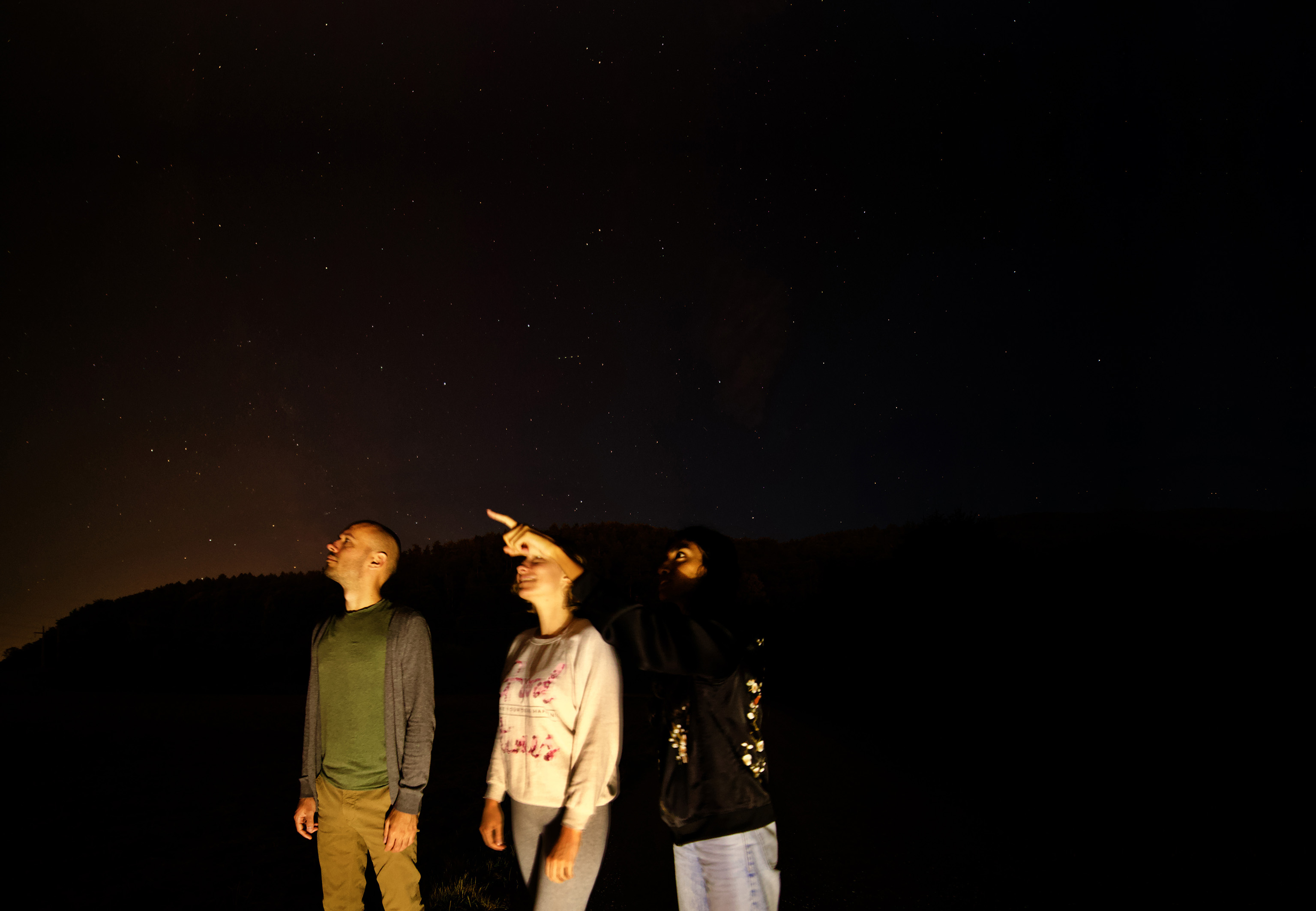
Creating ties to dark skies
Samyukta's work consists of advising tourism and conservation projects incorporating the night sky or activities that would occur at night. This innovative approach covers various activities from night camps to hikes and even navigation, such as her recent work with the Interpretation centre for dark sky preservation that teaches tourists to navigate, or find their way, through reading the stars, which reconnects to ancient cultural practices. Samyukta provides an information board,
a design itinerary, recommendations for equipment and infrastructure, and the making of interactive awareness tools like a picture of the night sky with sliding panels in front of it that mimic light pollution by obscuring some of the stars. In addition, she designs her own ecotourism projects where she operates as a “star bathing guide” teaching tourists sensory exercises to experiment the extent to which the decrease of sight enhances other senses perception.
Unearthing relationships between our ancestors and the sky is crucial. All societies, peoples and tribes used to connect to the dark sky for a myriad of reasons: read the seasons, know the weather or when to harvest crops, navigate or take collective decisions. When designing eco-tourism projects, Samyukta incorporates presentations of how local ancient architecture was built in a way that echoes the cycle of light - romanesque medieval churches in Slovenia, for instance, were aligned to astronomical events such as the spring and the autumn equinoxes, and the transition of the Sun in Libra.
It is puzzling to observe how deprived of dark sky patrimony our contemporary societies are. Light pollution and the technicity of contemporary dark sky knowledge - embedded in astronomy - can explain the phenomenon. Most people with no prior academic knowledge in the field feel illegitimate to study the dark sky on their own. Most on the contrary, Samyukta explains to tourists that stars and constellations “are made out of human imagination” and greatly differ from one society to another. To reappropriate this heritage, she encourages them to make their own constellations.
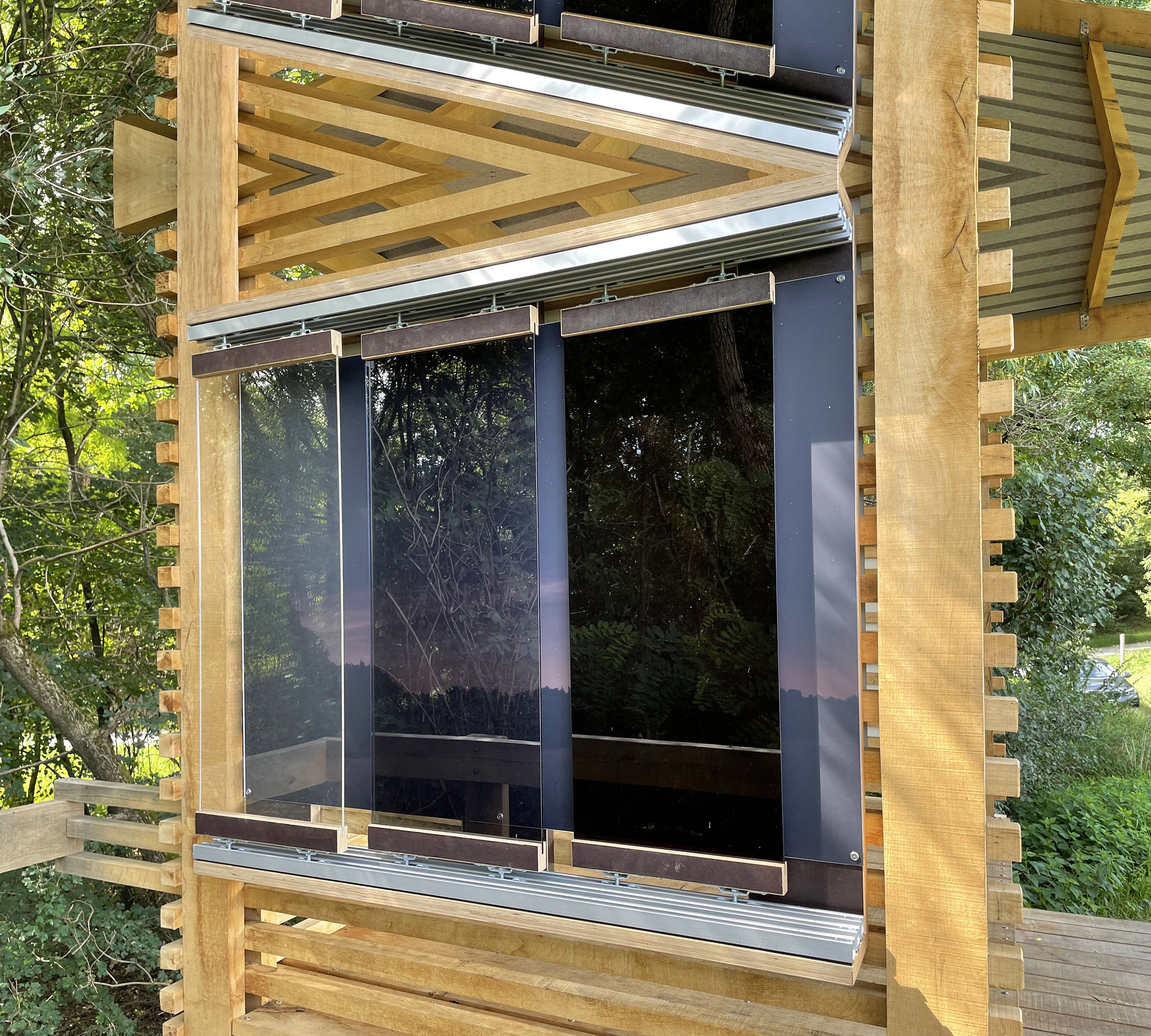
The sliding panels that mimic light pollution.
By experiencing deep darkness and the night sky through ecotourism, people deepen their relationship to darkness and become more receptive to dark sky preservation and recommendations on how they could reduce their individual impact. A promising way to raise awareness about light pollution...
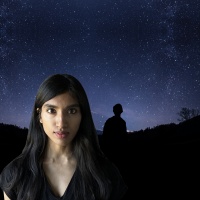
Samyukta Manikumar
Samyukta Manikumar is IDA advocate (International Dark-Sky Association).
Graduated in natural sciences, Samyukta has always been found of astronomy and its relations to cultural practices and heritage. She is an astrotourism consultant, science communicator, and dark sky advocate based in Slovenia.
To be read also in the dossier "Light Pollution"


